Tile and ceramic are two essential materials that have been used for centuries in construction and interior design. From ancient times to modern-day applications, these materials continue to provide durability, functionality, and aesthetic appeal to various spaces. In this article, we will delve into the world of tile and ceramic, exploring their characteristics, uses, and benefits.

.
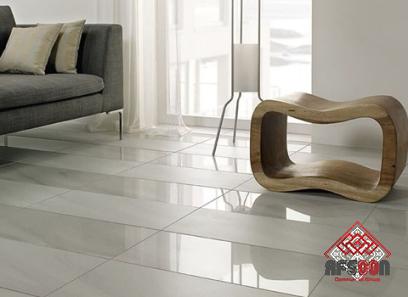 Tile is a flat and thin piece of hard material, typically made of ceramic, stone, metal, or glass. Ceramic, on the other hand, refers to items made from clay that have been hardened by heat, such as tiles, pottery, and porcelain. These materials have numerous advantages, making them a popular choice for both residential and commercial applications. One significant advantage of tile and ceramic is their durability. These materials can withstand high levels of foot traffic, making them suitable for areas with heavy usage, such as kitchens, bathrooms, and entryways.
Tile is a flat and thin piece of hard material, typically made of ceramic, stone, metal, or glass. Ceramic, on the other hand, refers to items made from clay that have been hardened by heat, such as tiles, pottery, and porcelain. These materials have numerous advantages, making them a popular choice for both residential and commercial applications. One significant advantage of tile and ceramic is their durability. These materials can withstand high levels of foot traffic, making them suitable for areas with heavy usage, such as kitchens, bathrooms, and entryways.
..
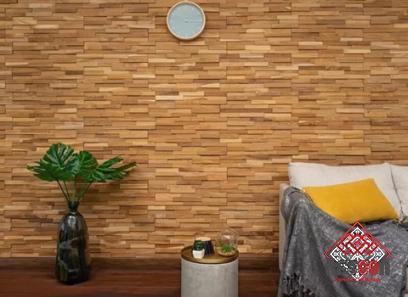 Additionally, they are resistant to moisture, stains, and scratches, ensuring a long lifespan for the installed surfaces. Moreover, tile and ceramic offer a wide range of design options. They come in various colors, patterns, sizes, and textures, allowing for endless possibilities when it comes to creating unique and visually appealing spaces. Whether you prefer a classic, rustic, or modern look, there is a tile or ceramic design to suit your taste and complement your overall design scheme. In terms of maintenance, tile and ceramic are relatively easy to clean and maintain. Regular sweeping and occasional mopping are generally sufficient to keep them looking fresh and beautiful. Additionally, their non-porous nature prevents the growth of mold and bacteria, ensuring a clean and hygienic environment.
Additionally, they are resistant to moisture, stains, and scratches, ensuring a long lifespan for the installed surfaces. Moreover, tile and ceramic offer a wide range of design options. They come in various colors, patterns, sizes, and textures, allowing for endless possibilities when it comes to creating unique and visually appealing spaces. Whether you prefer a classic, rustic, or modern look, there is a tile or ceramic design to suit your taste and complement your overall design scheme. In terms of maintenance, tile and ceramic are relatively easy to clean and maintain. Regular sweeping and occasional mopping are generally sufficient to keep them looking fresh and beautiful. Additionally, their non-porous nature prevents the growth of mold and bacteria, ensuring a clean and hygienic environment.
…
 Not only are tile and ceramic functional and aesthetically pleasing, but they also offer environmental benefits. These materials are typically made from natural substances, reducing the use of synthetic and harmful materials in construction. Furthermore, their longevity minimizes the need for frequent replacement, reducing waste and the overall environmental impact. Tile and ceramic can be used in a myriad of applications. In residential settings, they are commonly found in kitchens, bathrooms, living areas, and outdoor spaces. In commercial spaces, they are popular choices for restaurants, hotels, offices, and retail stores. They can be used on floors, walls, countertops, backsplashes, and even as decorative accents. In conclusion, tile and ceramic are versatile and durable materials that offer numerous benefits for construction and interior design projects. Their durability, design options, low maintenance, and environmental advantages make them a preferred choice for many homeowners and professionals. From enhancing the aesthetics of a space to providing functionality and longevity, tile and ceramic continue to stand the test of time.
Not only are tile and ceramic functional and aesthetically pleasing, but they also offer environmental benefits. These materials are typically made from natural substances, reducing the use of synthetic and harmful materials in construction. Furthermore, their longevity minimizes the need for frequent replacement, reducing waste and the overall environmental impact. Tile and ceramic can be used in a myriad of applications. In residential settings, they are commonly found in kitchens, bathrooms, living areas, and outdoor spaces. In commercial spaces, they are popular choices for restaurants, hotels, offices, and retail stores. They can be used on floors, walls, countertops, backsplashes, and even as decorative accents. In conclusion, tile and ceramic are versatile and durable materials that offer numerous benefits for construction and interior design projects. Their durability, design options, low maintenance, and environmental advantages make them a preferred choice for many homeowners and professionals. From enhancing the aesthetics of a space to providing functionality and longevity, tile and ceramic continue to stand the test of time.

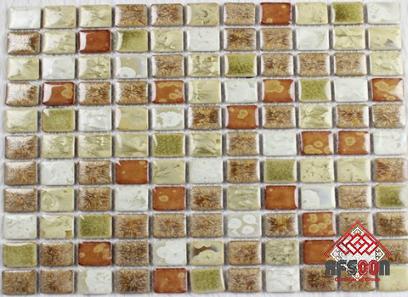

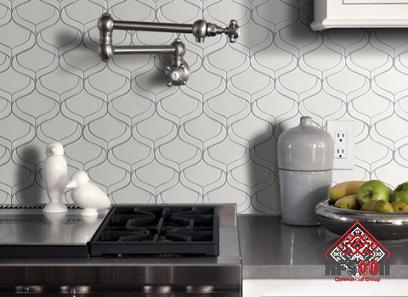
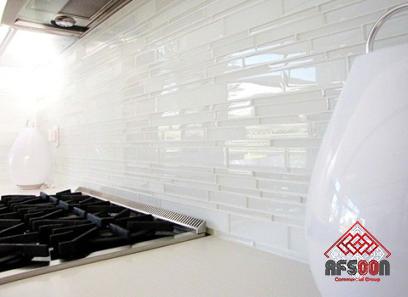
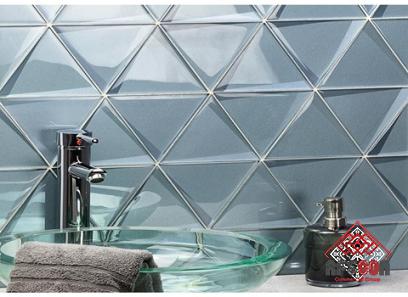
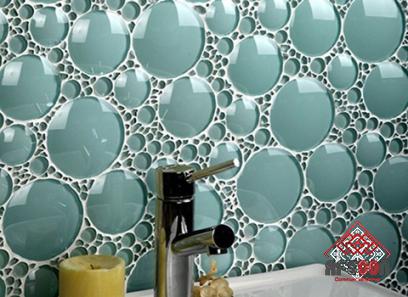

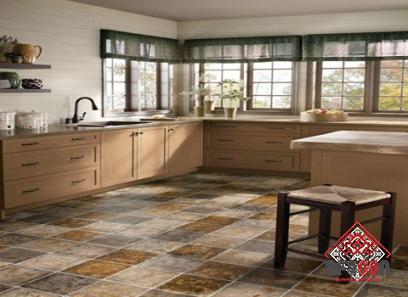
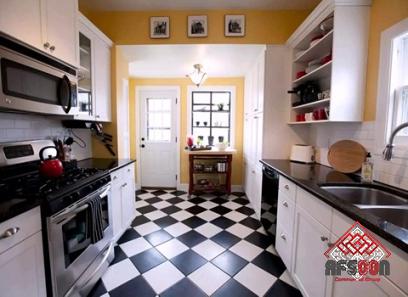
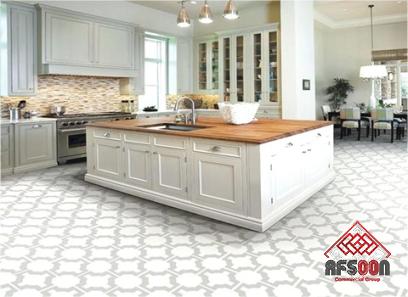
Your comment submitted.